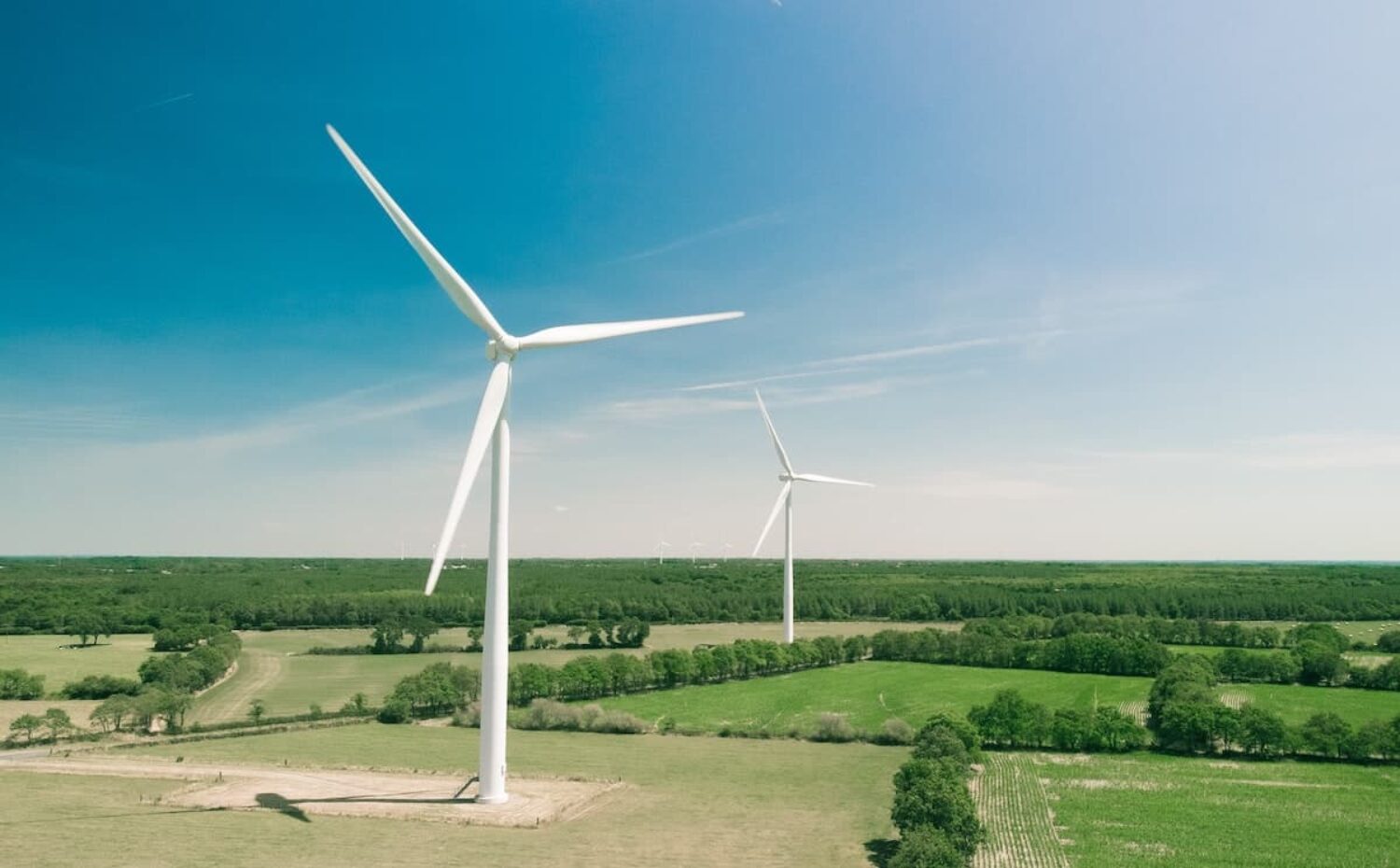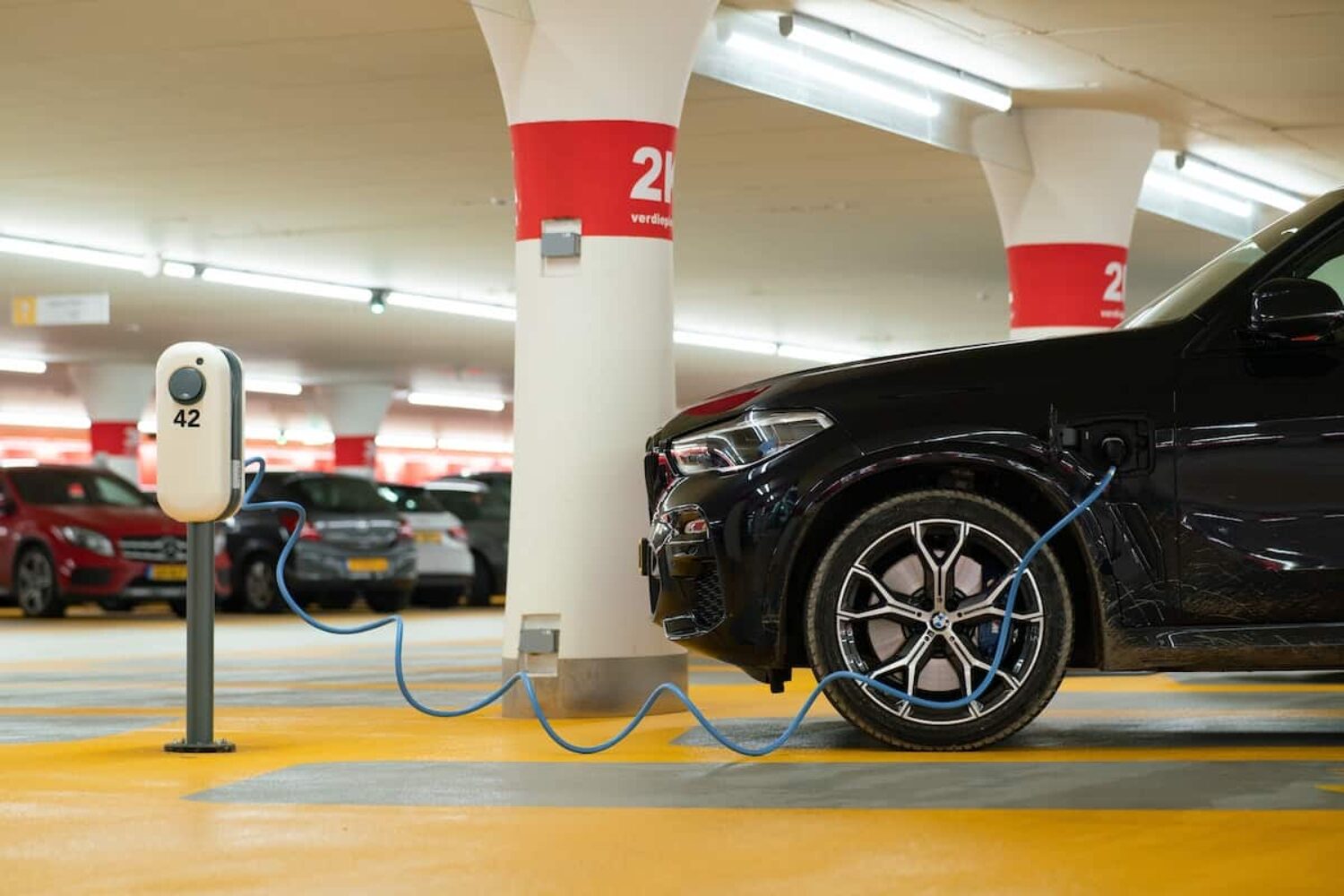Global warming threatens life as we know it as never before. But we have the tools and the power to meet the challenge. Here are seven smart solutions to climate change
Our entire civilisation has unfolded under the skies of a remarkably stable climate. Now, thanks largely to human actions, that stability has come crashing to an end.
Scientists tell us we need to keep global temperature rise to a maximum of 2 degrees celsius – preferably 1.5 degrees – to avoid catastrophic consequences.
The good news is we have many solutions to climate change at our disposal, if we can summon the political will. But we have to act fast.

Seven solutions to climate change
1. Embrace renewables
Fossil fuels such as coal, gas and oil are the single biggest source of planet-warming emissions. They powered the Industrial Revolution and have lifted billions out of poverty, but their day has gone.
The sunrise climate solution is renewables: solar, wind and water power in particular. Once seen as too expensive and inefficient to replace the fossils, they’re now among the cheapest sources of energy on the planet – and getting cheaper still.
The cost of solar power has fallen by a heady 90 per cent in the last decade. Wind isn’t far behind. And unlike their fossil equivalents, their fuel comes free, at sunrise every morning.
On one sunny, windy day in Easter 2021, Britain met 60 per cent of its electricity needs from wind and solar alone. Wind power alone accounted for half the demand on 3 May.

Wind farms are now among the cheapest sources of energy on the planet. Image: Thomas Reaubourg
In terms of bangs per buck, onshore wind gives the best returns of any single climate solution, say the experts at Project Drawdown. Once dependent on coal for the lion’s share of its energy, the UK now regularly enjoys long chains of coal-free days.
Of course, the sun doesn’t always shine; the wind doesn’t always blow. And when it does, you might not actually need the electricity it generates. Which is where energy storage comes in. Batteries are the secret weapon in the renewables revolution. Whether household-level ones storing surplus electricity from rooftop solar panels, or vast power banks that can help match supply and demand across a wide region, like the 320MW giant planned for the Thames Gateway. Or the new ‘gigafactory’ planned for Coventry, both in the UK. Surplus green power can also be harnessed to produce hydrogen for use in transport and industry. That means you never need to waste the wind.
Together with other renewables, like hydro and geothermal, experts say green energy should be able to produce the lion’s share of the world’s power needs by mid-century.
2. Electrify transport
Electric bikes, cars, vans and trains are the future of light transport. And their batteries will play a key role in the renewables revolution by acting as mini power plants, trickling energy to and from the grid when not in use.

The race is on to electrify trains, planes and automobiles. Image: Michael Fousert
Climate-friendly aviation is a tougher nut to crack. Some short-haul flights will eventually go electric, but the best bet for longer ones is either hydrogen, syngas [synthetic gas] from household rubbish, or novel biofuels made from algae or even food waste. An even better bet, of course, is to cut out unnecessary flights altogether.
3. Retrofit houses
Keeping the climate cool doesn’t mean shivering in our beds. In place of gas boilers, most homes can be warmed by ground- or air-source electric heat pumps. When combined with high levels of insulation, these can end up saving money as well as carbon. Energy-efficient retrofits, such as that carried out in Nottingham by the Energiesprong team, can create both jobs and more comfortable homes – “like putting a tea cosy over a house”.
Hot countries pose different challenges. In major cities in the global south, air conditioning can account for half of all electricity consumption. More efficient AC designs can help, but a more radical – and cost-effective – approach draws on longstanding indigenous architecture: it maximises natural airflows, and uses “radiant cooling” – drawing heat from the room to walls cooled by water circulating through embedded pipes. (This mimics the effect of caves with water running down the inside, which provided early humans with cool shelter.)

Gas boilers will need to be replaced by ground- or air-source electric heat pumps. Image: He Gong
4. Reduce waste
If cows were a country, as Bill Gates put it, they’d be the third biggest source of greenhouse gases after China and the US. His comment sums up the key challenge of a climate-friendly diet: to eat less meat, particularly beef. You don’t necessarily have to go uber-vegan (though you’ll bask in a climate halo if you do), but drastically reducing livestock’s impact on the planet – whether directly from its own emissions or via all the land, water and energy used to support it – is one of the most effective solutions to climate change.
If you just love slavering over a burger, there’s always the option of lab-grown versions, like the Impossible Whopper or those from Beyond Meat – almost indistinguishable from the real thing in blind taste tests.
One third of all food produced never gets eaten – either because it spoils between being harvested and hitting the shops, or because it’s thrown away by the purchaser. For farmers in the global south, a combination of agricultural market reforms and provision of refrigerated storage can drastically cut wastage and boost their income.
In the richer world, look to a combination of government action (such as France banning supermarkets throwing food away), along with voluntary initiatives by retailers, and savvier buying and cooking habits for the rest of us.

Embracing a plant-based diet will help slash emissions. Image: Dan Cristian Padure
5. Restore carbon sinks
Boosting nature’s capacity to absorb carbon is one of the more rewarding solutions to climate change, as doing so also provides vital habitats for wildlife. With the Amazon and other vast forests turning from a carbon sink into an emissions source, the race is on to conserve, restore and create forests on a grand scale. Rich countries must incentivise poorer ones to keep forests intact. In some cases, putting more power and resource in the hands of their indigenous inhabitants is the answer.
For an object lesson in recovery, look to Costa Rica, which has doubled its rainforest cover in the last 30 years, by cutting logging permits, paying landowners to conserve woodland, and investing in forest-origin pharmaceuticals and ecotourism.
Meanwhile, a recent study showed that 11 per cent of the world – the size of the US and China combined – is fit for a trillion tree reforestation drive.
Beyond trees, we need to farm in a way that locks carbon in the soil, rather than releasing it, using low- and zero-till methods, rewilding land where appropriate, and boosting agroforestry and other sustainably intensive approaches. The seas matter too: we need to adopt fishing methods that conserve marine carbon sinks and encourage habitats like mangroves and seagrass, which captures carbon up to 35 times faster than rainforests.

Conserving, restoring and replanting forests is a sure fire way to absorb carbon dioxide. Image: Kazuend
6. Reduce consumption
Fewer people would help, too. Population rates in many developed countries are falling, which, although it has less healthy implications for economic and social cohesion, is a solution to climate change, as the rich account for a far greater per capita share of emissions. But populations are still growing in some developing countries most threatened by global heating. The single most effective intervention is to educate girls: the surest route to smaller, healthier families.
Cutting resource consumption is key to many climate solutions. The rise of the circular economy, as celebrated by the Green Alley Awards, is helping break the link between quality of life and quantity of stuff. There’s growing interest in ‘pre-loved’ goods, including clothes (as sold through the popular Depop app), in borrowing rather than buying rarely-used appliances, through initiatives like the Library of Things, and in repair and refurbish projects.
Designing ‘smart cities’ around cycling and walking, rather than the car, not only curbs carbon, it makes for healthier, quieter streets and more vibrant neighbourhoods, too. In common with so many promising solutions to climate change, it improves life on the ground in the here and now, as well as fending off a high-carb catastrophe.

The circular economy will need to go mainstream if we are to meet climate targets. Image: Clem Onojeghuo
7. Shift the system
None of these solutions to climate change will really take flight unless government, finance and business get behind them. Most states and many major companies and investors have set ‘net zero’ targets, which is a start. Now they need to put words into action.
That means stopping the financing of high-carbon sectors and investing in genuinely sustainable ones. It means putting a high enough price on carbon that industry is incentivised to move away from it – and reflecting that in fiscal policies that shift the burden from labour to resource use. In other words, tax what we don’t want (planet-warming activities), and not what we do (jobs).
And it means recognising that delivering lasting climate solutions is the defining task of this decade and beyond. We changed the climate by mistake. Now we must change it on purpose.
Main image: Damian Patkowski
Credit: Source link



